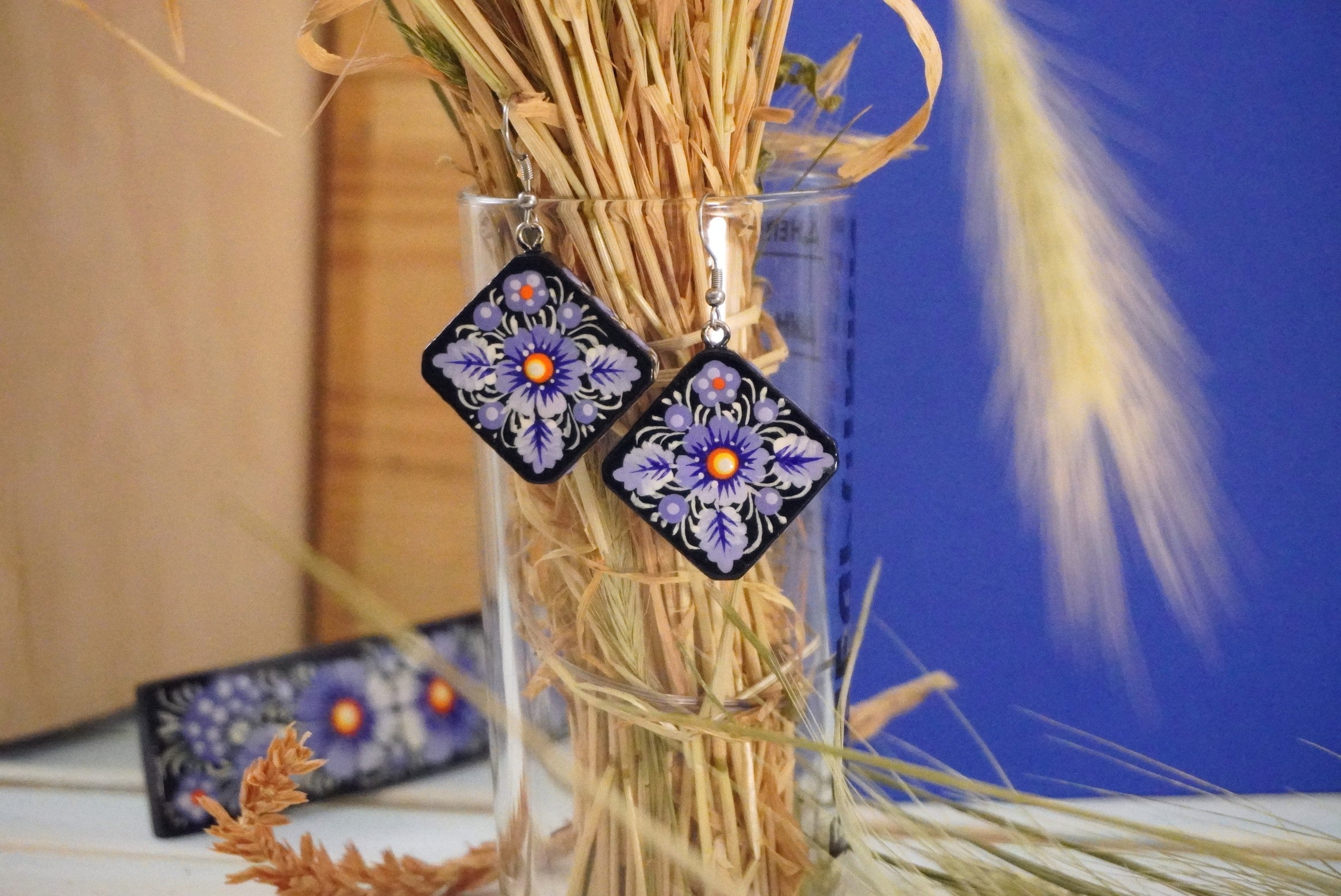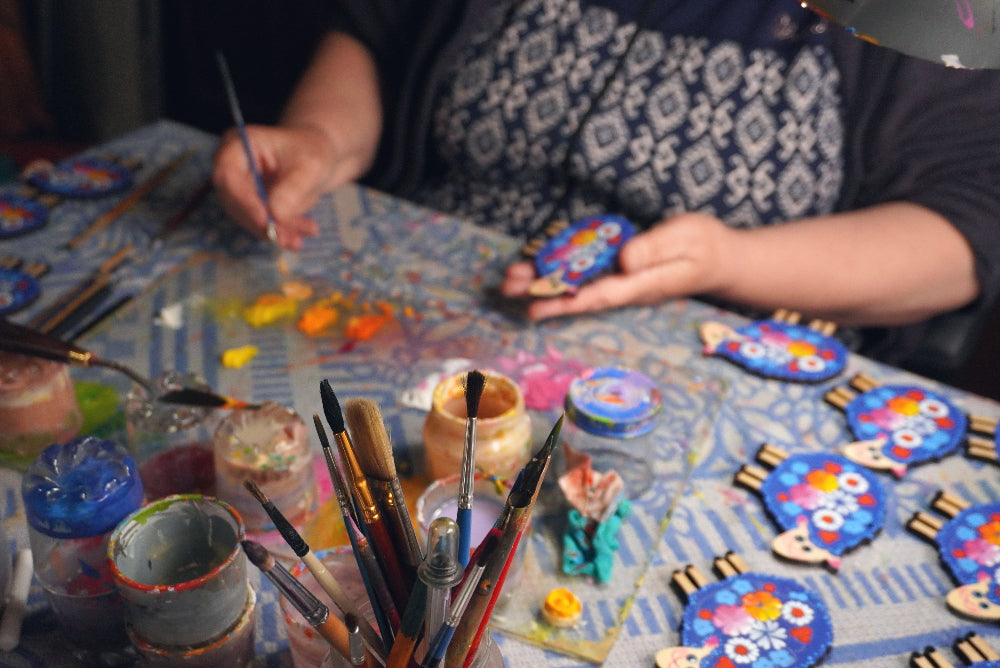Easter is a time when we dye eggs, enjoy holiday treats, gather with our families, and... look for eggs hidden by a rabbit… Wait a minute, eggs are about birds (or lizards or fish, in a pinch). So where did this long-eared character who lays colorful eggs come from? Let's find out where this tradition came from and why it still raises questions even among adults.
How did the rabbit become the “Easter manager”?
The history of the Easter bunny has its roots in Europe, namely Germany. According to legend, back in the seventeenth century, German Protestants told children that it was the “Ostergase” (or “Easter Bunny”) that brought them eggs. Children used to leave nests for him, hoping to find bright gifts there in the morning. Why the rabbit? Because it is a symbol of fertility and new life, which fits perfectly into the Easter concept of rebirth and resurrection.

Migration of tradition: from Europe to America
Later, German immigrants brought this tradition to America, where it quickly took root. However, the Americans decided not to stop at eggs and added chocolate, candy, and other sweets to the Easter Bunny's assortment. Thus, over time, the bunny turned not only into a symbol of the holiday but also into the main supplier of Easter goodies.
In the modern world, the tradition has become so strong that every year millions of children around the world look for gifts from the Easter bunny. In Australia, an alternative has even emerged - the Easter bilby, a native marsupial species that has replaced the rabbit due to environmental concerns caused by hare overbreeding.
And what is the attitude towards the rabbit in the homeland of the Petrykivka painting?
In Ukraine, the rabbit has long remained in the shadow of Easter eggs, cakes, and traditional Easter rituals. In recent decades, however, its popularity has grown thanks to Western influences. But Ukrainians can't just accept the trend - they add their own uniqueness everywhere! For example, Easter bunnies on the Ukrgifts.com website already wear Petrykivka painting. Can you imagine anything more beautiful than the patterns blooming on the eared symbol of spring?
In addition, new traditions related to the Easter bunny have begun to emerge in some Ukrainian regions: from searching for chocolate eggs in parks to painting decorative rabbit figures. In many cities, you can also find workshops on painting Easter bunnies in the traditional Ukrainian style.

Why do rabbits and eggs make a perfect pair?
It turns out that rabbits don't lay eggs (what a discovery!), but they are so fertile that they have long been associated with rebirth and spring. And since Easter is a symbol of life renewal, our furry hero perfectly complemented the festive atmosphere.
In addition, the egg as a symbol of new life is harmoniously combined with the image of a rabbit, an animal that signifies rapid reproduction and prosperity. That's why their tandem has become a true Easter classic.
How to use the Easter bunny in your decor?
If you want to add some Western traditions to your holiday interior, here are some ideas:
- A rabbit with Petrykivka painting is an original decoration that combines Ukrainian art and world traditions.
- Easter pendants in the shape of hares are great decor for a tree or a festive table.
- Baskets with small bunny figures are a stylish addition to the Easter decor.
- Chocolate bunny + Easter eggs - a delicious and beautiful gift.
- Textile bunnies with embroidered patterns are a cozy option for home decor.
- Painted Easter candles with rabbit motifs are a great alternative to traditional candles.
- Garlands with paper or wooden bunnies are a light and festive home decor.
- Bunnies made of dough or clay are a great option for creative experiments with children.
- Handmade napkins with rabbit motifs are a festive table decoration.
- Ceramic bunny figurines are a unique decor that combines culture and festive mood.
The Easter Bunny is not just a fairy tale character, but a symbol of joy, spring, and holiday magic. And although we know that it doesn't lay eggs, may it continue to be a favorite of both children and adults!






















